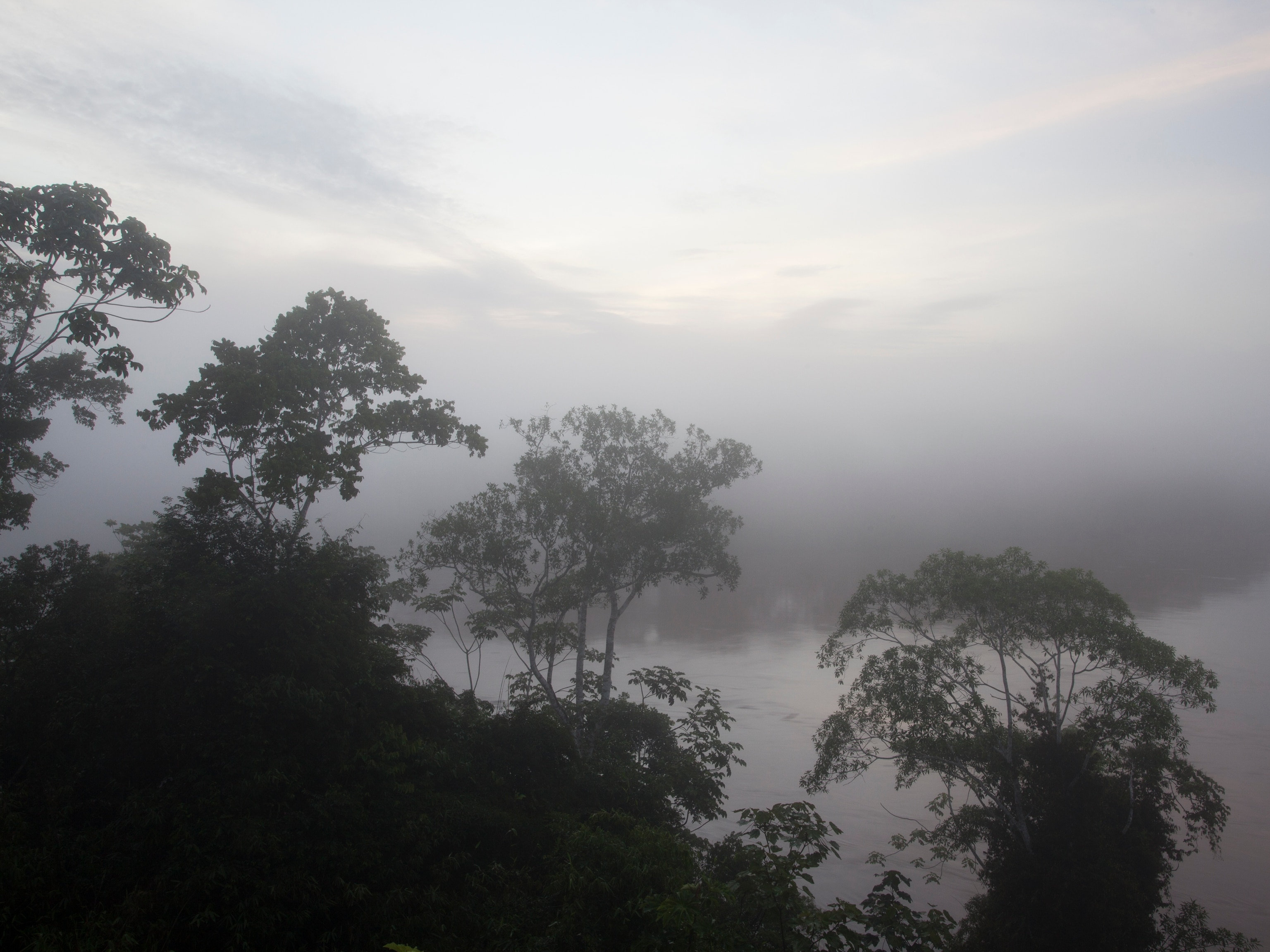
Global Warming Silver Lining? Arctic Could Get Cleaner
Increased global rainfall may scour pollution from atmosphere, study predicts.
There may be a bright side to global warming, at least in the Arctic—the changing climate could improve air quality in the polar region, a new study shows.
The find is rare good news for the Arctic, which most studies find is warming much more rapidly than the rest of the planet.
Currently, air pollutants generally travel from industrially developed regions in the south northward to the Arctic, where pollution contributes to heating up the polar climate.
The reason for the potential boost in air quality is increased global rainfall, which many climate models predict will be a widespread result of global warming, said study leader Timothy Garrett, an atmospheric scientist at the University of Utah. (See an interactive map of global warming's effects.)
"Precipitation is the atmosphere's single most efficient way of removing particulate pollution," Garrett said. That's because raindrops simply take the pollutants with them as they fall from the atmosphere—the mechanism behind acid rain.
Thus, pollution may be already scrubbed from the air in other regions before it even reaches the Arctic.
(See "Mystery Ingredient Cleaning Earth's Atmosphere.")
Less Soot = Less Warming?
To verify that rainfall can remove pollutants before they reach the Arctic, Garrett's team examined a decade's worth of air-quality records from Barrow, Alaska, and Alert in Nunavut, Canada—the northernmost permanently inhabited place in the world. (See an Arctic map.)
The team compared levels of carbon monoxide—a pollutant not removed by rainfall—with those of sulfates and soot, which are scoured out of the atmosphere by rain. The results showed that the sulfur and soot levels were lower than expected, leading the team to conclude that rainfall is already cleaning the Arctic air. (Test your knowledge of pollution.)
This effect may also partially counteract Arctic warming, Garrett noted.
That's because air pollutants, particularly soot, increase the greenhouse effect that's the hallmark of global warming. (Watch a video explaining the greenhouse effect.)
"When [sulfates] reach the Arctic, they change the clouds in such a way that the clouds act like ... blankets [over] the Arctic surface," Garrett said. "This helps insulate the Arctic and accelerate warming."
In addition, soot darkens the snow when it eventually falls out of the Arctic air. That causes the snow to absorb more sunlight, also producing a warming effect.
So if more pollution is cleansed from the air before it reaches the Arctic, that might help reduce the rate of climate change in the far north, said Garrett, whose study was published online in August in Geophysical Research Letters.
"Of course this is speculative," he said. "But it is reasonable speculation based on the results we have found."
Rainfall Not a Major Player?
Other scientists are impressed but cautious.
"I think this is an important finding that builds on years of speculation about how removal processes in the atmosphere impact long-range transport of pollution," Joseph McConnell, a snow hydrologist and environmental scientist at the Desert Research Institute in Reno, Nevada, said by email.
But Richard Alley, a geoscientist at Pennsylvania State University, cautioned that soot is probably a relatively minor contributor to Arctic warming. (See photos of how climate change is transforming the Arctic.)
Also, he said by email, global warming will produce notably cleaner Arctic air only if increased rainfall comes in the form of more frequent storms and thus precipitation, rather than larger storms that simply "superclean" already cleansed air.
(See "More Mega-Snowstorms Coming—Global Warming to Blame?")
McConnell added that the warming-related drop in Arctic soot levels may not have that much of an impact, since other factors are already reducing soot, such as government legislation.





